Ran III: Memory of the Waves
The most interesting space “game” you’ve never heard of
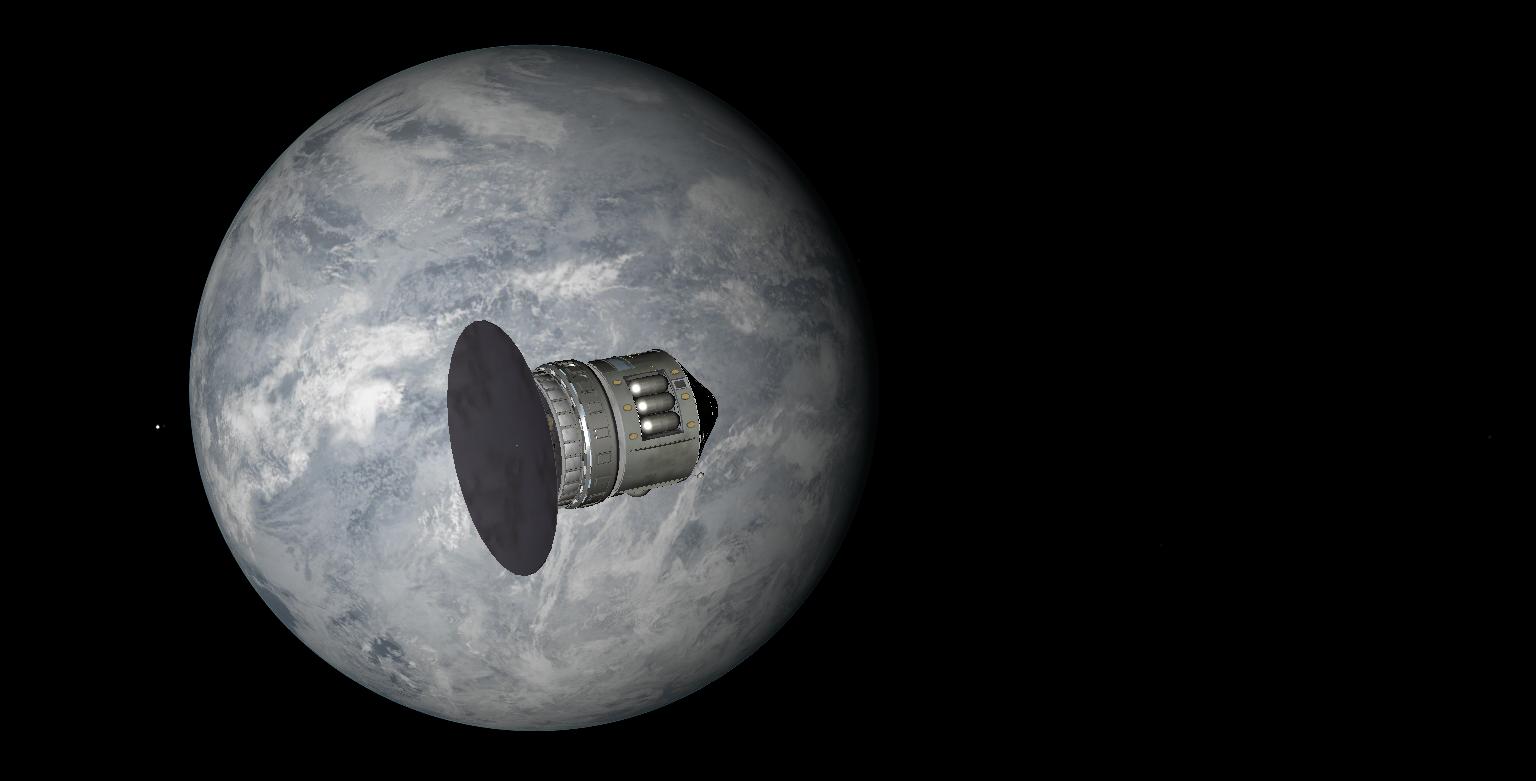
I think most people who play video games have a few extremely obscure titles that are near and dear to their hearts only because they grew up playing them. Bargain bin games, flash games, and forgotten shareware releases are all often listed as examples. For me, the one obscure game from my childhood that I’ve never heard anyone else talk about at length isn’t even a game. It’s a user-created addon for a piece of open-source astronomy software, and I think it’s great.
The software in question is Celestia, a “free space simulation that lets you explore our universe in three dimensions” originally released in 2001. Not to be confused with the blockchain network or cartoon horse that most search engines nowadays seem to think are more relevant. More than just a planetarium, Celestia renders the entire solar system and thousands of extra-solar objects in real time. Simple camera controls allow you to fly to, orbit, and zoom down to the surface of any of the eight planets or their moons, or zoom out to see the entire Milky Way. It’s not super impressive by today’s standards, graphics-wise, but at the time of release it was enough to attract attention. The fact that Celestia is open-source and uses a fairly easy-to-understand format for its 3D models and scripts has resulted in a small community of modders and addon creators that remains active to this day.
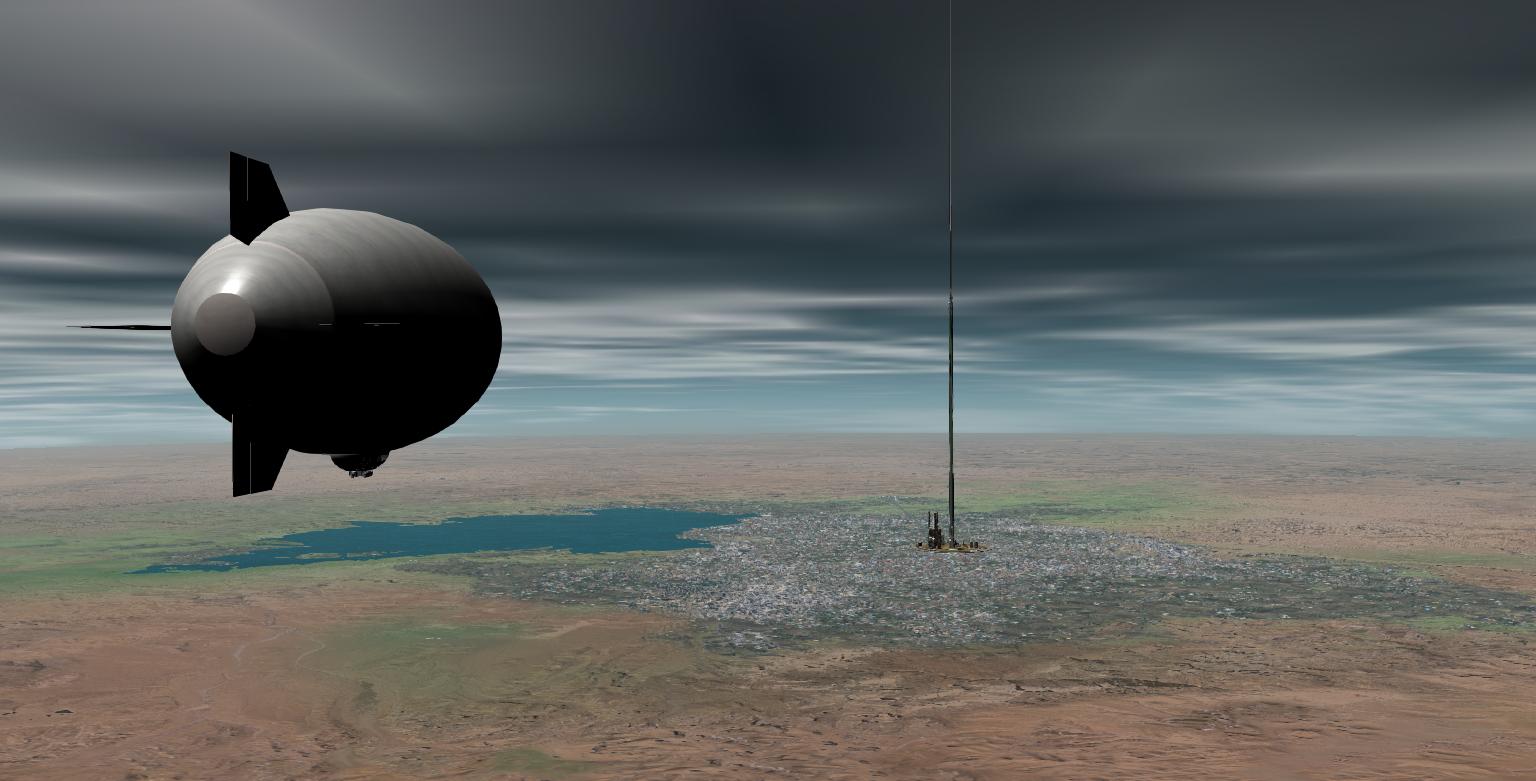
I can’t remember exactly when I first discovered Celestia, but it must have been sometime before 2010. At the time, our family’s only computer was an underpowered old eMac running Mac OSX 10.3 with a whopping 256 MB of RAM. I was young and desperate for video games, and spent a good chunk of my computer time typing “free games for Mac” or “free software for Mac” into Google and downloading whatever seemed interesting. This was how I discovered a number of mildly-interesting freeware games that I have since forgotten, as well as free programs like Blender that I never learned to use correctly. The line between “game” and “software” was not clearly defined for me, and just about anything involving 3D graphics was enough to grab my attention.
Celestia fit this category, and naturally appealed to a kid with an almost-obsessive interest in rockets and outer space. It wasn’t long before I was exploring the moons of Saturn and searching through sites like The Celestia Motherlode for interesting addons. These were usually pretty simple - new textures for planets, historical and fictional spacecraft, etc. Ran III - Memory of the Waves There were two previous releases of Ran, as well as stand-alone pre-release projects called “Mythica,” “The Needle,” and “Island One” whose assets ended up being re-used for Ran III. None of these earlier releases are currently available. stood out from the rest, partly because of the filesize (almost two whole gigabytes!) but also because of the intriguing description:
In some ways a story, in some ways a huge, 3-dimensional virtual world to explore.
A science-fiction add-on with many worlds to explore, secrets to find, and places to discover. This package offers a very extensive exploration into the worlds (and civilizations) of Ran. You’ll find spectacular planets and moons, along with an entire civilization which has evolved in this neighborhood.
Memory of the Waves chronicles the history of four extraterrestrial civilizations as it unfolds over almost four thousand years. You can jump to any point in the time line to witness a particular event, see cities rise and fall, follow their spacecraft and discover their purposes and fates, or see entire worlds change with time. But do not take it too seriously - there are silly things to find if you look for them, but also beautiful scenery to contemplate, and, of course, there is the underlying mystery of why it all happens - if you care to look closely enough.
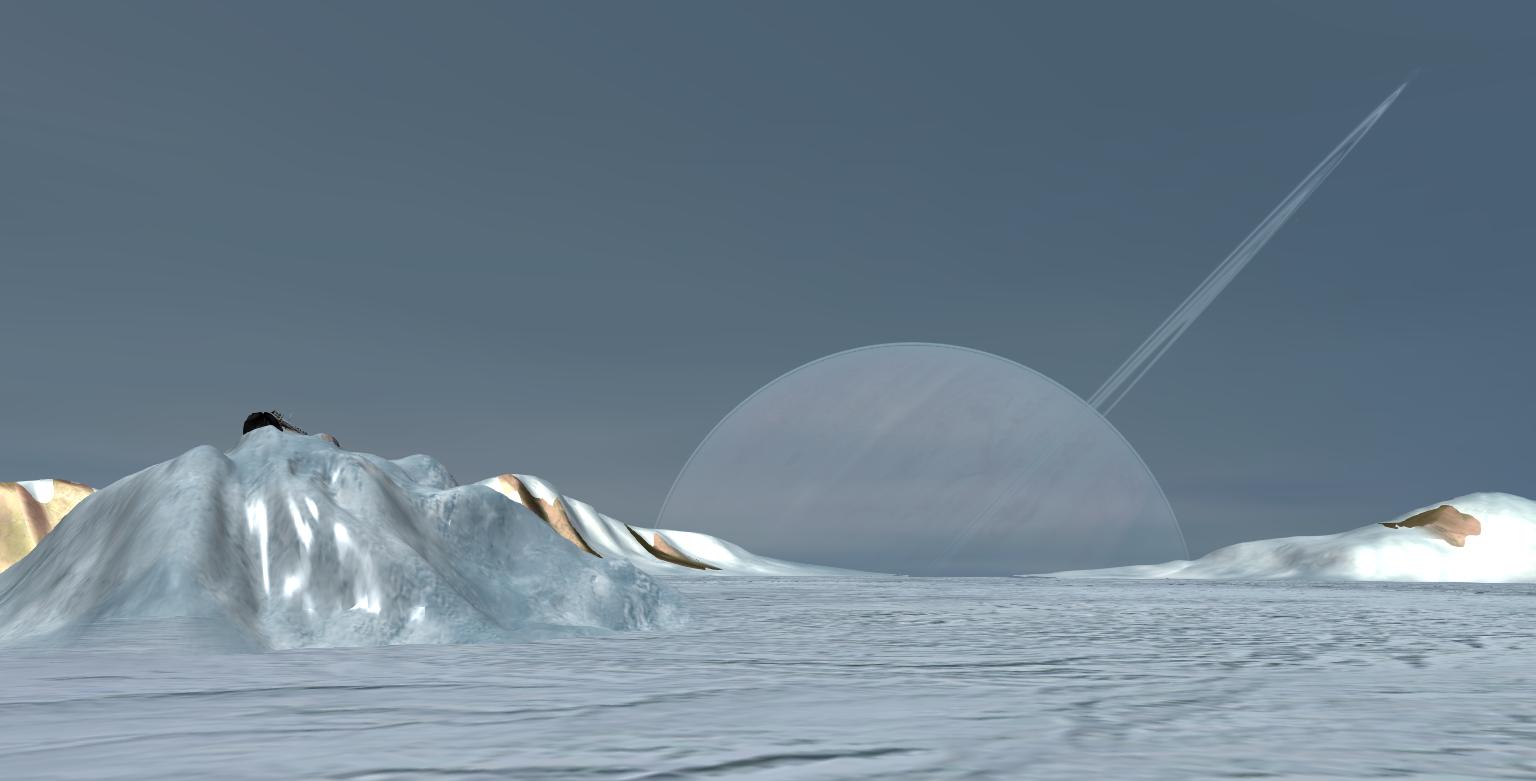
Ran was created by Runar Thorvaldsen, a Norwegian designer and web developer, in collaboration with Martin Charest, Christophe Campos, Frank Gregorio, and the Celestia Forums user Rassilon. In addition to Ran, Thorvaldsen had worked on Celestia addons that depicted the Cassini mission to Saturn, the Russian Buran spaceplane, the titular structure from Larry Liven’s Ringworld, and an interactive ebook edition of Jules Verne’s novel Off on a Comet that allowed the reader to instantly jump from the text to simulated recreations of events from the book. Work on what would eventually become Ran started in 2003 and the project seems to have gone through several iterations before its final release in 2008. In-development screenshots and demos attracted a lot of attention over these five years, and by the time Ran was finished the reception was overwhelmingly positive. The addon was listed as one of the most-downloaded files on the Motherlode and the comments section was filled with people praising its detail and originality.
This was enough to make young me think the massive download would be worth it, and the impressive screenshots and slick website were enough to push me over the edge. I started the download before leaving for school one day, and by the time I came home it was finished. My parents were as frugal with our internet service as they were with computers. I remember our average download speed being somewhere around 150 kb/s, meaning that Ran would have taken about four hours to download. That’s a very, very long time for a young teenager. Ran totally captivated me for a brief period. I can remember fantasizing about adapting it into a book or movie, and at one point even edited a screenshot to create a poster I showed to my confused classmates. I was the kind of kid who had a tendency to overreact to exciting things, but even as an adult I can sympathize. It really was something new and exciting.
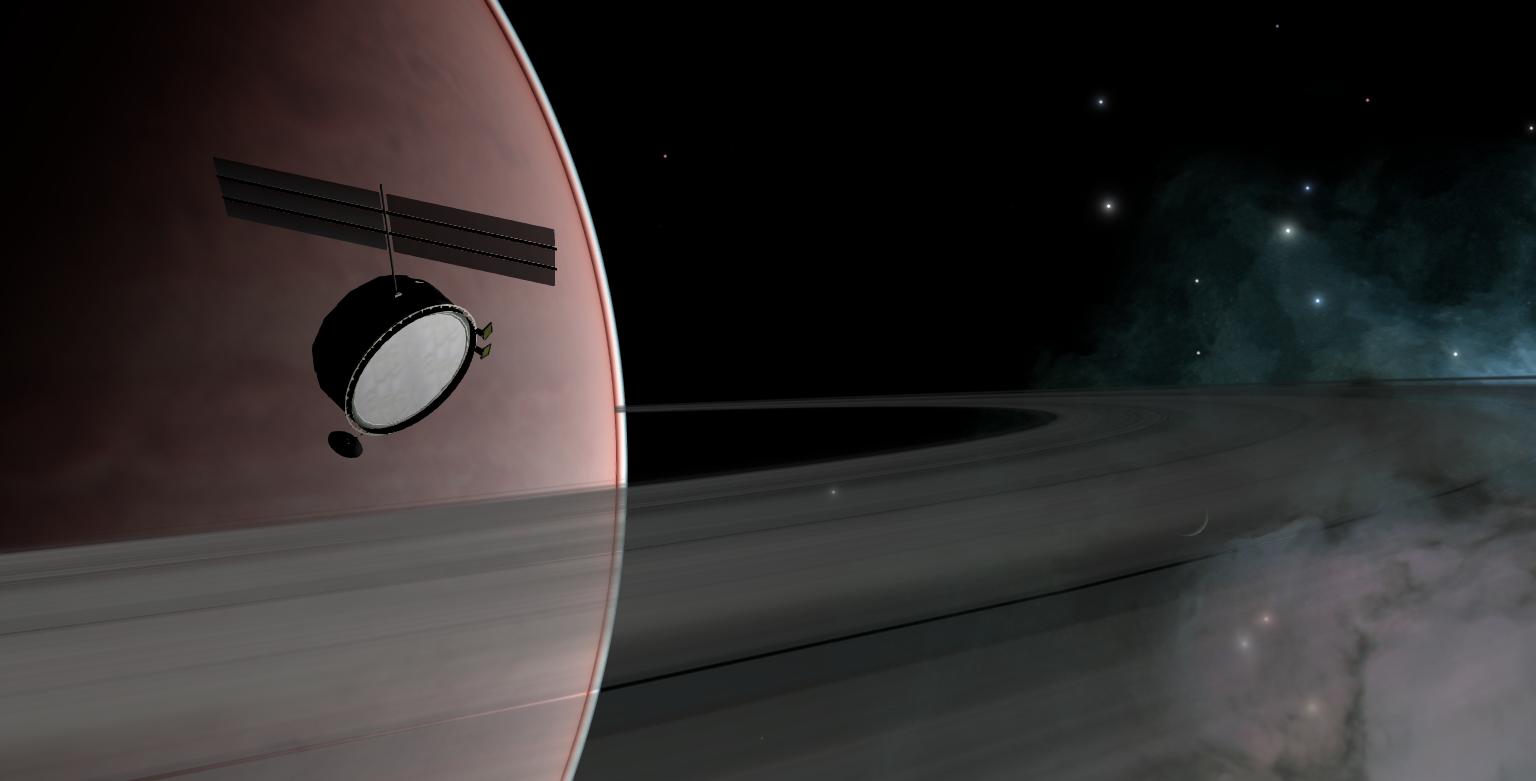
The addon adds the Ran system, ten planets orbiting a main-sequence star (HIP 297297)
This is a Hipparcos Catalogue reference number, but as far as I can tell it’s a fictional one. The real catalogue only goes up to 118322.
on the outskirts of the Trifid nebula, to your copy of Celestia. Running the provided Ranstart.celx script will instantly teleport you from Earth orbit (Celestia’s default starting location) to a satellite orbiting Hefring, a red-colored gas giant and Ran’s sixth planet.
Like the other planets, Hefring is named after one of the Nine Daughters of Ægir and Rán, characters from the Norse Eddas that represent the sea’s waves. Hence the name Ran and its subtitle.
An onscreen message explains that this is the Grand Tour, an ancient space probe that arrived in orbit around Hefring over 3,000 years ago. Lock on to the probe, rewind the simulation date to 1012 B.C., and you can follow its trajectory into orbit and watch as it detaches a lander that parachutes into the planet’s atmosphere. Right-clicking on the Grand Tour and selecting the “Info” command will transport you to The Memory of the Waves, a museum located in orbit around Bylgja, Ran’s fourth planet. Here you can view animations showing a brief history of human civilization in the Ran system, as well as an overview of the 10 major planets and their population centers. The Memory also lets you access a browser-based encyclopaedia that contains even more information on Ran’s history. Most entries contain links that allow you to instantly jump to a view of the location or event in Celestia, where you can then manipulate the camera and timescale to discover more details.
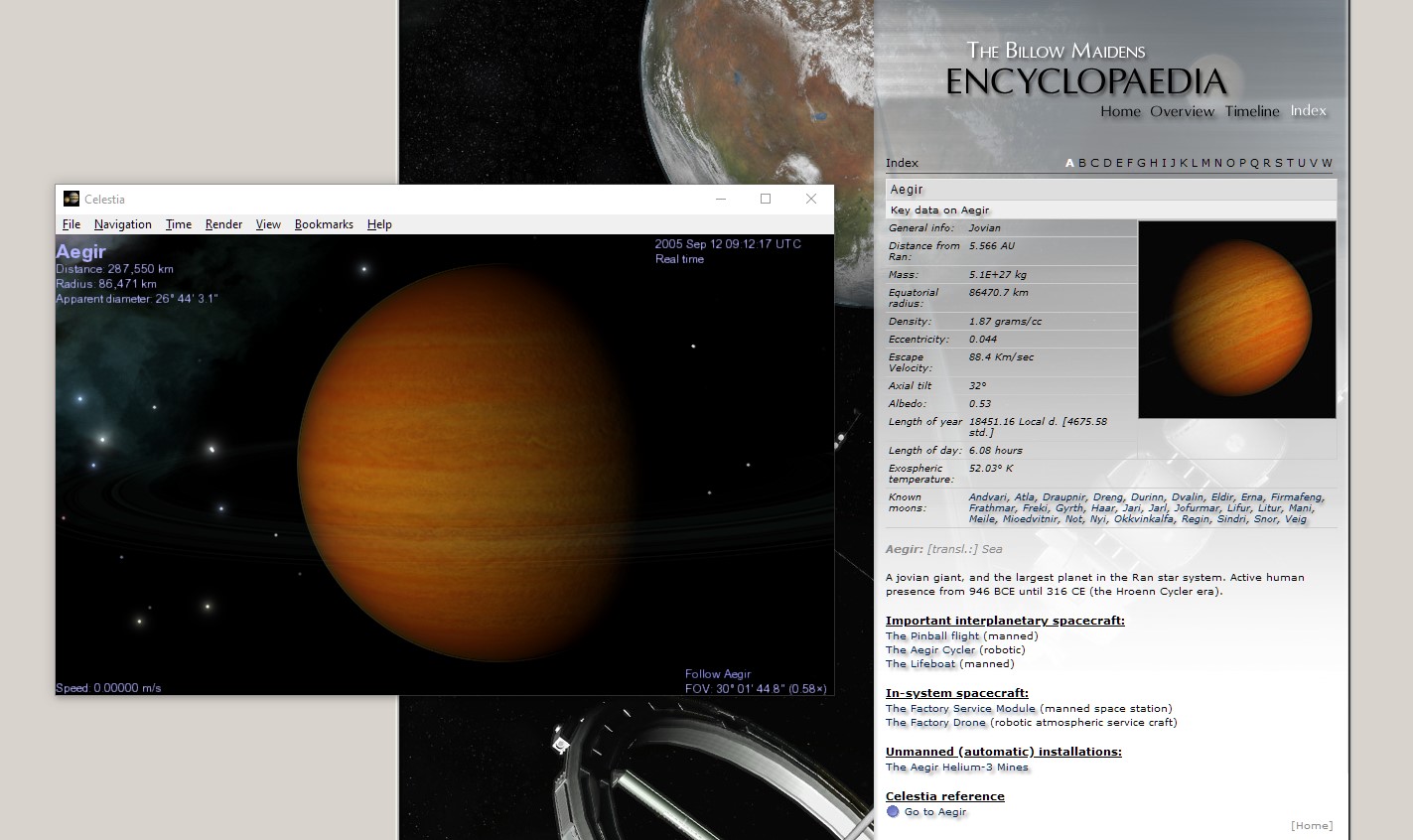
This combination of reading encyclopaedia links and fast-forwarding or reversing time is Ran’s core “gameplay loop.” The story covers over 3,000 years of history and there are hundreds of unique events to discover, some of which aren’t referenced by the encyclopaedia at all. While Ran contains relatively little written content, the visuals are more than enough to elevate its story to the level of a science fiction epic: Watch settlers arrive on an uninhabited planet and then speed up time to watch their lander transform into a small city. Follow the trajectories of escape rockets as they blast off from the wreckage of an asteroid strike. Track the opening moves of a century-long interplanetary cold war gone hot. See moon-sized plasma cannons vaporized by projectiles moving close to the speed of light. The “relativistic missile” is just one example of Ran’s use of “hard” science fiction concepts based on real-world physics. Nearly every technology that shows up in Ran is theoretically possible, from nuclear-pulse starships to space elevators to atmospheric helium-3 mining. The Ran system itself was also designed using StarGen, a solar system generator based on real-world astronomical equations, and the size and position of all its objects are scientifically plausible (or so I’m told.) Uncover conspiracies and secret plots tied to an ancient conflict over “post-singularity” technology. The level of imagination and detail on display here is incredible for a free addon to a program most people have never heard of. Not only does Ran let you see all these things happen in real time, it also gives you the freedom to explore its world at your own pace and challenges you to piece the different scenes and bits of plot information into a narrative that makes sense. The resulting feeling of discovery is Ran’s strong point, and for that reason I’ll refrain from spoiling any plot details here. Suffice it to say that you can run into some very intriguing stuff.
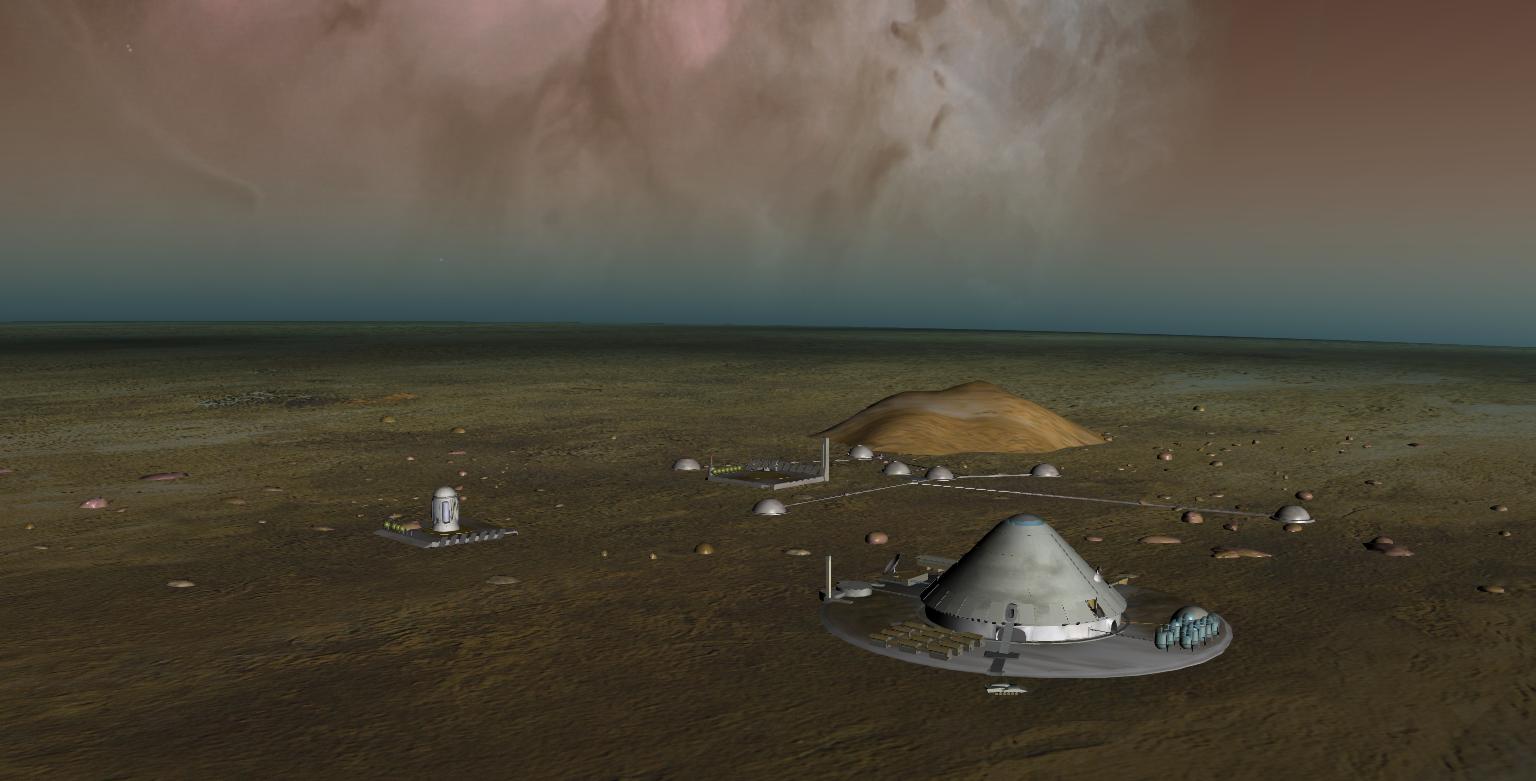
Of course, Ran is not without its faults. As a kid I only spent about a week or so playing around and taking screenshots before abandoning it for another temporary obsession. As far as I can remember, this was mostly due to frustration with our eMac’s inability to handle the addon’s high-definition models and textures without lagging. Ran is still a frustrating experience in 2023, even as a more patient adult using superior hardware. The addon pushes the boundaries of what Celestia was designed for and getting it to run on a modern machine requires jumping through a few hoops. Ran does not work with the most recent version of Celestia
The addon will load correctly in Celestia 1.6 but there are a number of texture and graphics glitches, including one that causes a placeholder model assigned to most of the in-game objects to render at full opacity. You can fix this by editing the th_placeholder.cmod file to have an opacity of 0 instead of 0.5, but even after making this change I noticed some strange behavior when running Ran on 1.6 and would not recommend it.
and requires you to use the older and less stable 1.5 version that can only be downloaded from the project’s Sourceforge page. This means having to put up with some hits to performance when fast-forwarding through time or attempting to view scenes with multiple moving objects. Some of the scripts and in-simulation hyperlinks are broken and won’t work without modifying the addon files.
I’m pretty sure this is a Windows-exclusive issue because I don’t remember encountering the bug on MacOS. By default all “InfoURL” references to html files and Celestia scripts in th_01_ran.ssc (the file that determines the location and properties of all the objects in Ran) are given in the form of relative URLs, i.e. data/th_00_celurls.celx, which Celestia refuses to recognize when running on Windows 10. The only way I was able to get the “Info” links that point to these files to work was to edit every single one of these URLs to include the full file path, i.e. C:/Program Files (x86)/Celestia/extras/th_motw/data/th_00_celurls.celx I’m sure there’s a more intelligent way of fixing this, but I wasn’t able to figure it out.
Worst of all, the way Celestia handles tracking individual objects like spacecraft is fiddly and unintuitive, especially when used in combination with time acceleration. As mentioned above, this is the mechanic on which most of Ran’s content is based, and sometimes it feels like the addon creators expect you to fight against the program itself to see everything.
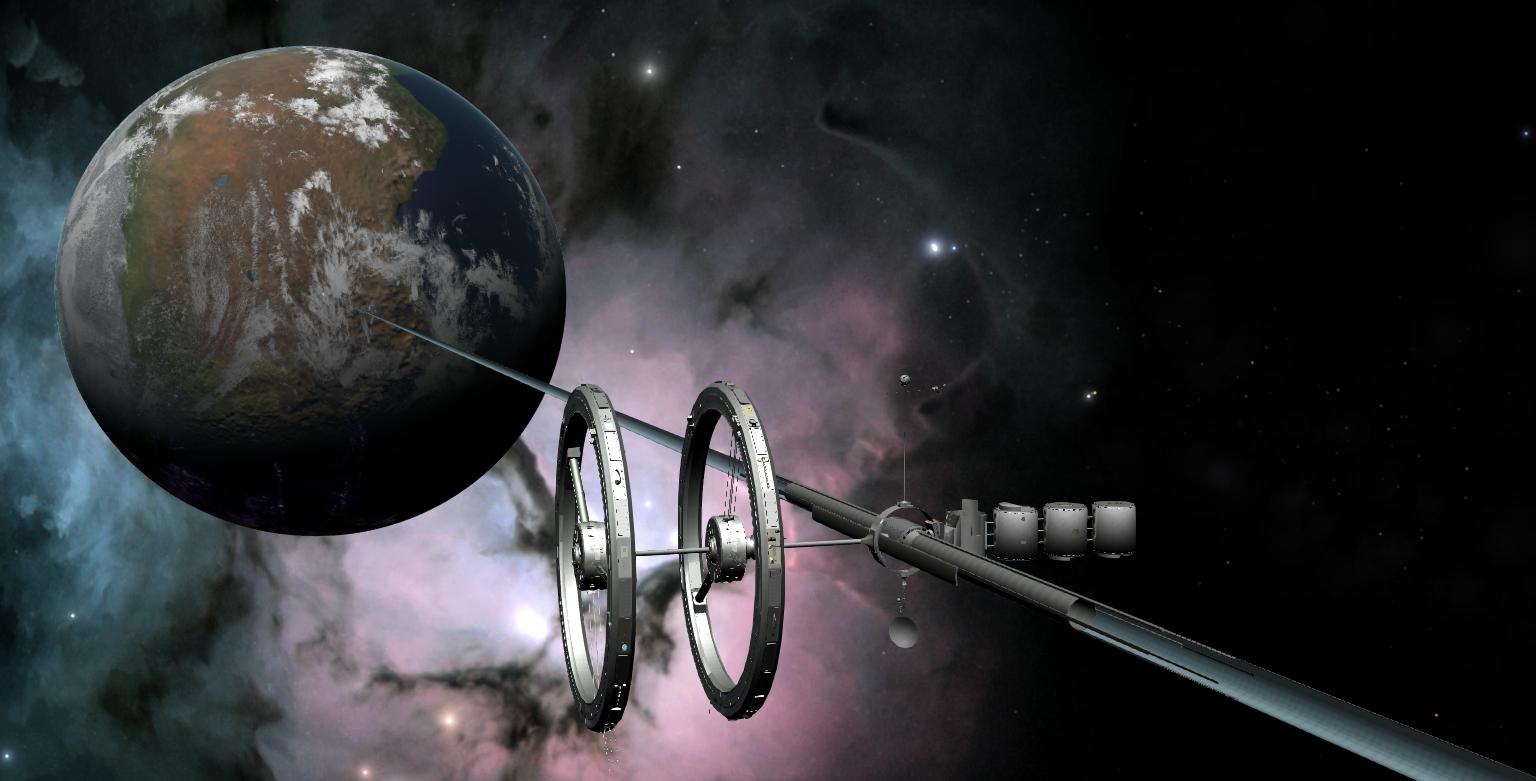
Despite this, Ran is still a worthwhile experience and a one-of-a-kind example of digital storytelling. Revisiting it while researching this article made me realize that almost nothing made in the years since 2008 has tried to do what Ran did. Space Engine improves upon Celestia’s solar system simulation and controls, but all of its planets are procedurally generated. Outer Wilds comes close, with its use of realistic physics and time manipulation, but its solar system feels more like an interactive puzzle box than a real place. Despite the surge of interest in narrative-focused games and “interactive experiences” in the past couple years, I have yet to see anyone attempt to use a virtual world to tell a story on the same scale as Ran. The technology, tools, and (I think) audience are all there, but the idea that something like Ran could even be made seems to be missing.
It’s because of this that I think Ran is worth preserving and writing about. It’s a flawed project with niche appeal, but it’s also got a lot of potential and represents a very original idea. I think a proper spiritual sequel - running on a modern engine with better controls, based on a more in-depth story, even incorporating some game-like mechanics - has the potential to be very successful. That said, I won’t deny that nostalgia has a lot to do with my continuing interest. What keeps me coming back to Ran is the feeling that there’s still something left to discover in its virtual world, something I wasn’t able to figure out the last time I re-downloaded it. Not many video games give me that feeling, and it’s something I’d like to share with other people. If Ran sounds like something you might be interested in, then I highly recommend you give it a download - you might end up discovering something interesting.